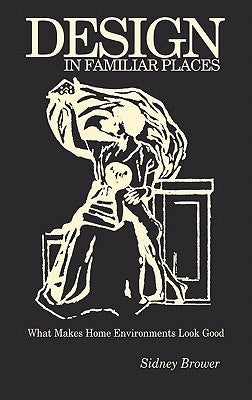Before you leave...
Take 20% off your first order
20% off
Enter the code below at checkout to get 20% off your first order
Discover summer reading lists for all ages & interests!
Find Your Next Read

Residents look at their neighborhood differently than visitors and designers do. The features that they see as most important can differ significantly, so that spaces that are viewed as successful by designers may be disliked by residents. Designers who hope to create successful residential environments can benefit from a more complete understanding of the residents' perspective and their priorities. This residents-eye-view is especially critical in troubled neighborhoods.
Brower compares the responses to the same environment by residents, tourists, and designers. Using observations, interviews, innovative survey methods, and an examination of the literature, he details accepted norms that govern who uses and controls neighborhood spaces, children's play networks, neighboring patterns, territorial behavior, and the personalization of space. Brower then describes the application of these ideas and findings in a series of design interventions in an inner city neighborhood in Baltimore. These interventions are thoroughly documented and evaluated, and the lessons learned from both successes and failures are used to inform design ouidelines for the study area. The interventions also help to define the role of outside professionals; in particular, the importance of involving residents in defining and resolving their own problems, and the need to accept space management and social organization as proper concerns of design. The book is written in clear, simple language, and uses drawings and photographs to illustrate the ideas presented.Thanks for subscribing!
This email has been registered!
Take 20% off your first order
Enter the code below at checkout to get 20% off your first order